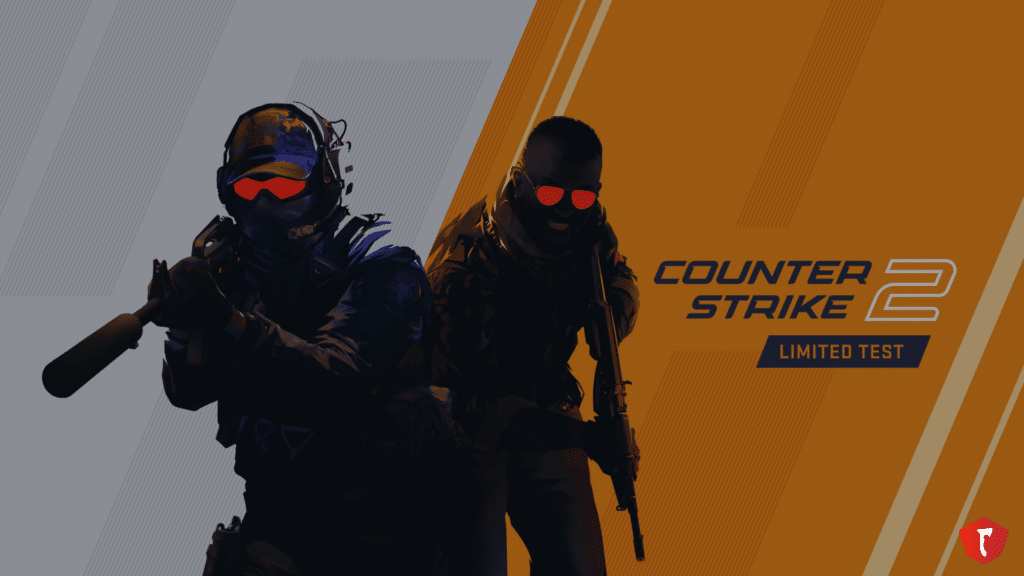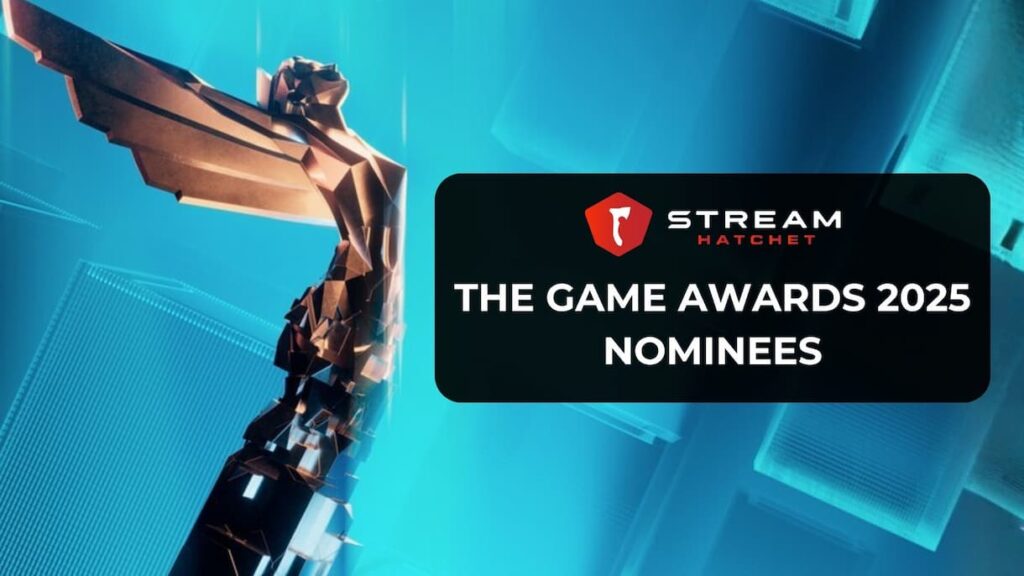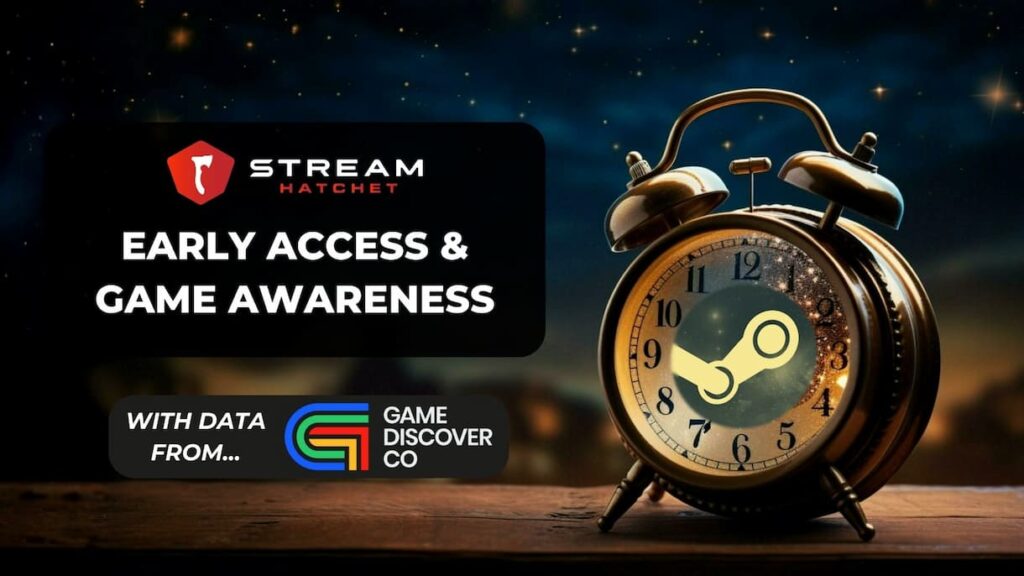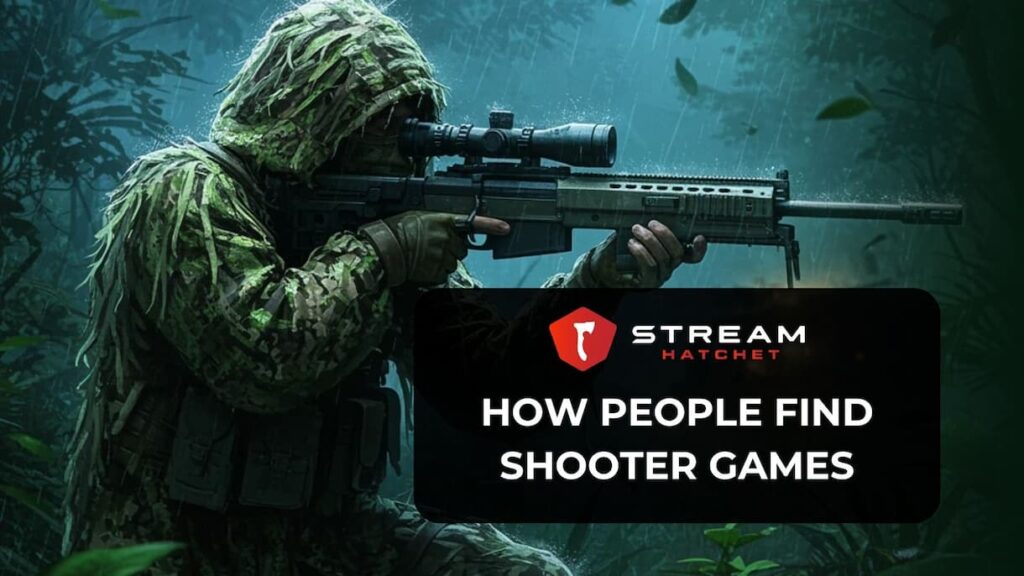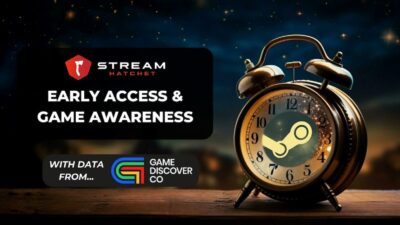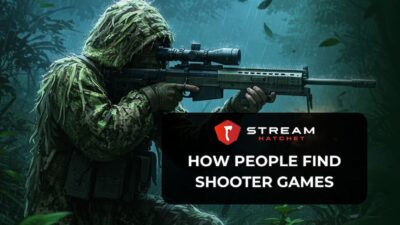After 11 years, fans finally got the long-awaited sequel to Counter-Strike: Global Offensive: Counter-Strike 2 this September. The game rolled out to all players on the 27th of the month, but has been in the hands of some creators for weeks prior for beta testing.
The game generated an average minute audience during the first week of release of 172,000 viewers, a 71% increase from its limited-release run September 1-27. The limited release saw just under 100K average viewers. This number was almost exactly the same as the month prior, despite the occurrence of the end of the IEM Cologne group stages and the playoffs at the start of August.

As IEM Cologne is one of the most popular CS:GO esports events of the year, this indicates just how much impact the limited test had on live-streaming viewers, and how much higher the audience grew during the actual release week. The limited release was able to garner attention from live-streaming viewers and got fans excited for the release.
From the start of limited testing on September 1 to first week of release, the game generated 90.1M hours watched across all major live-streaming platforms (when looking at all versions of the game tracked across platforms; Counter-strike 2, counter-strike 2 limited test, CS:GO, and counter-strike). This puts it at the top 4 category for the month of September, behind Just Chatting, GTA V, and League of Legends.
Twitch saw the bulk of that viewership with over 80M hours watched alone. YouTube Gaming generated 8.7M hours watched, and Kick had 1.9M hours watched.
Counter-Strike’s Long History
Counter-Strike has had an illustrious history in the gaming world. The series originated as a fan-made mod in the popular game, Half-Life. Developed by Minh “Gooseman” Le and Jess “Cliffe” Cliffe in 1999, the mod gained rapid popularity for its team-based, tactical gameplay, and it wasn’t long before Valve, the company behind Half-Life, took notice. Valve acquired the rights and worked on what would be officially released in November 2000 as Counter-Strike.
Counter-Strike: Condition Zero was the first sequel in the series, released in 2004, but didn’t achieve the same level of success as the first game. Later in the year, “Source” was released and provided upgraded graphics and gameplay. CS:GO later developed on those predecessors and incorporated the gameplay and competitive spirit of the series when it was released in 2012.
CS:GO ascended the esports ladder fairly quickly, largely thanks to its deeply rooted history in competitive gaming and its inherent watchability as a team-based first-person shooter. It still ranks as one of the most-watched esports titles in the live-streaming scene.
In 2017, the game generated 164M hours watched in esports viewership. That number continued to grow through 2022, which saw 363M hours watched, just slightly under 2021’s numbers. Every year the game’s esports viewership has grown, with 2021 and 2022 boasting the highest numbers since the game’s release.
The three most-watched tournaments for CS:GO in the last 11 years have been the 2021 PGL Major Stockholm with 63.7M hours watched, the 2022 PGL Major Antwerp with 59 hours watched, and the 2023 BLAST.tv Paris Major, which generated 57M hours watched.
General live-streaming hours watched have also increased since the onset of the COVID-19 pandemic for CS:GO in general.
Pre-pandemic, the game was averaging 134M hours watched a quarter. Post-pandemic, in line with overall live-streaming trends, the game averaged 206M hours watched per quarter. It has maintained generally higher levels every quarter since, and never experienced a major falloff as the pandemic waned.
Subscribe to our newsletter for weekly live-streaming insights:
